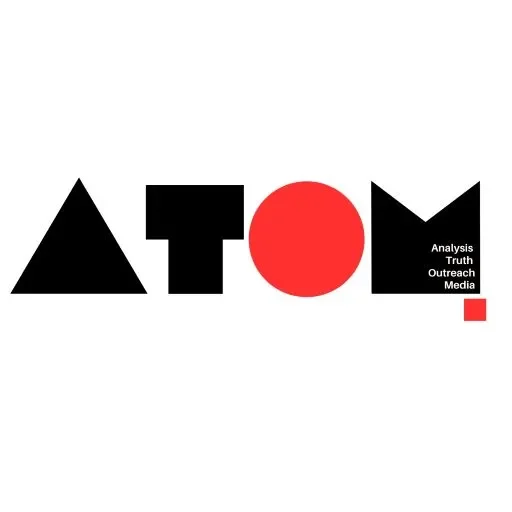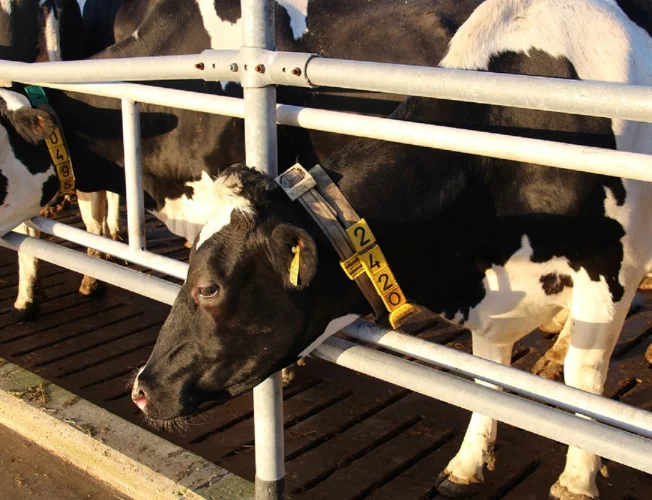For millennia, cattle farming has relied heavily on traditional practices, often relying on experience and intuition to guide animal nutrition and management. Standardized feed rations, often disregarding individual needs, and visual observation for health monitoring have been the norm. While effective to an extent, these methods can lead to inefficient resource utilization, animal health issues, and environmental concerns.
However, the agricultural landscape is undergoing a transformative shift with the advent of Artificial Intelligence (AI). AI’s ability to analyze vast datasets, identify patterns, and make predictions is being harnessed to optimize cattle farming practices. This article delves into the application of AI in animal nutrition, climate-conscious cattle farming, and explores the potential and challenges associated with this rapidly evolving technology.
Optimizing Cattle Nutrition with AI
Achieving optimal health and productivity in cattle requires a balanced diet tailored to individual needs. Factors like age, breed, genetics, lactation stage, and environmental conditions all play a crucial role. However, traditional feeding practices often employ standardized rations, potentially leading to over- or underfeeding, decreased efficiency, and even health issues. AI offers cutting-edge tools to personalize nutrition management:
- Data Collection and Analysis: Sensors worn by cattle can capture real-time data on activity levels, heart rate, respiratory rate, and feed intake. Additionally, weather data, feed composition analysis, and historical performance records can be integrated into the system.
- Predictive Modeling for Nutritional Needs: Advanced AI algorithms analyze this vast data pool to develop personalized feed plans. Machine learning models predict individual nutritional needs based on various factors, enabling dynamic adjustments to rations, optimizing nutrient absorption, and preventing overfeeding.
Real-World Examples of AI in Action
- ALUS Nutrition: This project by Dublin-based agtech firm Cainthus uses AI to monitor cows in real-time, 24/7. Smart camera systems continuously observe and analyze cow behavior and feeding patterns. In one instance, the system identified unusually short drinking durations, prompting an investigation that revealed a stray electric current in the water supply. This early detection helped the farmer avoid a decline in milk production and maintain the cows’ health.
- AI-powered Climate Control: Australian dairy farms are using AI systems that automatically adjust the ambient temperature for dairy cows or direct them to cooling systems. These systems assess individual cows and combine this information with weather data, allowing for precise adjustments and mitigating heat stress.
- eFeed in India: This company utilizes AI for advanced animal management and nutrition, developing customized feed recommendations to both boost animal productivity and reduce methane emissions, showcasing a commitment to both efficiency and sustainability.
These examples highlight how AI technology not only enhances productivity and animal welfare but also addresses unexpected problems, paving the way for more sustainable and efficient farming practices.
AI-powered Health Monitoring for Cattle
Early detection and treatment of diseases are crucial for both animal welfare and farm profitability. Traditional methods often rely on visual observations, which have limitations in detecting early signs of illness. AI is transforming cattle health management through:
- Wearable Sensors and IoT Devices: Collars and ear tags equipped with sensors continuously monitor vital signs like temperature, heart rate, and movement patterns. AI algorithms analyze this data to identify deviations from normal ranges, potentially indicating illness.
- Image and Sound Analysis for Health Indicators: AI systems can analyze images and audio recordings of cattle behavior, vocalizations, and body condition to detect subtle changes indicative of health issues. Early detection enables prompt intervention, minimizing disease spread and improving animal welfare.
- Predictive Analysis for Disease Prevention: By analyzing historical data and current trends, AI can predict disease outbreaks. This allows for proactive steps like targeted vaccinations and environmental adjustments, preventing epidemics and safeguarding herd health.
Healthy animals are more productive. AI-powered health monitoring leads to timely interventions, reducing morbidity and mortality, and ultimately increasing milk and meat production, benefiting both farmers and consumers.
AI for a Sustainable Future of Cattle Farming
it also contributes to environmental concerns like greenhouse gas emissions, land degradation, and water pollution. Methane released from enteric fermentation and manure management, coupled with deforestation for grazing land, are major challenges. AI-driven strategies can help address these issues:
- Precision Farming Techniques: AI-powered image analysis optimizes pasture management, ensuring rotational grazing to prevent overgrazing and support healthier soil carbon sequestration. Additionally, AI facilitates precision irrigation based on real-time soil moisture data, minimizing water waste and promoting sustainable resource management.
- Resource Management and Sustainability: AI analyzes manure composition and environmental factors to suggest optimal treatment methods, reducing methane emissions and generating valuable biofertilizers. Additionally, AI-powered logistics optimization minimizes transportation emissions associated with feed delivery and animal transport.
Examples of Eco-friendly Practices
Halter in New Zealand: This company develops AI-powered collars that track methane emissions, allowing farmers to identify high-emit
Read more.. Marketing News, Advertising News, PR and Finance News, Digital News.





